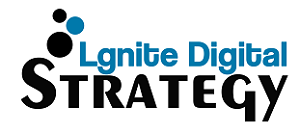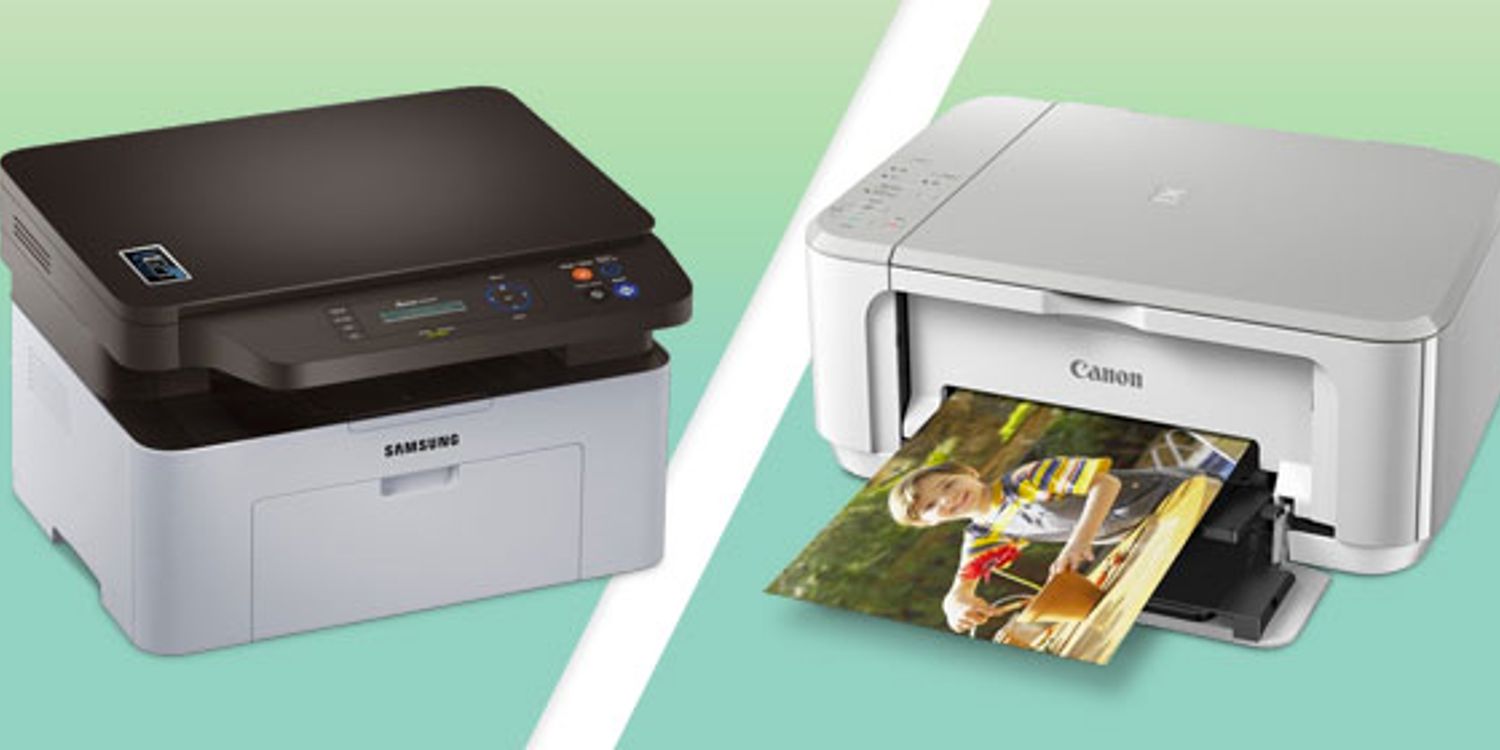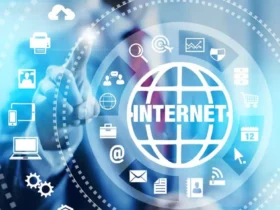Welcome to the dynamic world of printing, where technology and innovation constantly shape how we put words and images onto paper. Inkjet and laser printers stand as titans in printing, each offering unique strengths and capabilities that cater to a broad spectrum of users. From artists seeking vibrant color reproductions to businesses demanding rapid and efficient document output, the choice between these two technologies is no longer simple.
Join us as we unravel the intricacies of inkjet vs laser printer, uncover the latest trends driving their evolution and discover how they adapt to the ever-changing landscape of modern printing needs. Whether you’re an aspiring creator, a savvy entrepreneur, or intrigued by the fusion of technology and paper, this exploration promises insights that will guide you through the world of printing in the 21st century.
Trend 1: Precision and Quality Enhancement
Inkjet printers once hailed primarily for their ability to produce vivid colors and high-resolution images, have embarked on a journey of precision enhancement. Manufacturers are investing in advanced printhead technology, capable of producing smaller ink droplets with pinpoint accuracy. This results in smoother gradients and finer details and reduces reliance on dedicated photo printers for professional-grade color reproductions. Furthermore, laser printers are not lagging; their resolutions are steadily increasing, enabling crisper text and more detailed line work, which is especially crucial for technical documents and architectural prints.
Trend 2: Speed and Efficiency Revolution
Laser printers have long been synonymous with speed and efficiency, ideal for office environments where time is of the essence. However, this trend is far from stagnant. The introduction of higher-frequency lasers and more efficient toner formulations has pushed the boundaries of printing speeds. These machines can sometimes churn out hundreds of pages per minute, streamlining high-volume printing tasks in bustling workplaces.
Yet, inkjet printers are refusing to take a back seat. Advancements in “drop-on-demand” technology have enabled faster print speeds, narrowing the gap between inkjet and laser in terms of efficiency. This transformation is evident in the emergence of office-focused inkjet printers that rival lasers in speed while retaining their hallmark color prowess.
Trend 3: The Hybrid Horizon
As the inkjet vs. laser debate rages, manufacturers recognize that consumers don’t always want to compromise. Enter hybrid printers: machines that blend both technologies’ strengths to offer an all-encompassing solution. These hybrid marvels promise the vibrancy of inkjet color and laser monochrome’s rapid efficiency. This trend is prevalent in creative industries where versatile printing options are necessary. The hybrid horizon reflects a future where users can enjoy the best of both worlds without sacrificing quality or productivity.
Trend 4: Sustainability and Eco-consciousness
In the age of environmental consciousness, the printing industry is responding with transformative sustainability trends. Once criticized for their ink consumption, Inkjet printers are now adopting refillable ink tank systems. These systems minimize plastic waste and reduce the carbon footprint associated with disposable cartridges. On the other hand, laser printers are incorporating energy-efficient technologies and toner recycling programs to reduce their environmental impact.
From precision enhancements and efficiency revolutions to the hybrid horizon and sustainability emphasis, the world of printing is keeping pace with modern demands and reshaping itself to exceed expectations. As ink meets paper in ever-evolving ways, users can anticipate a future where the choice between inkjet and laser is not a dilemma but an exciting exploration of possibilities.








